School District Spending of American Rescue Plan Funding
September 09, 2024
 In
a multi-series survey, AASA gathered responses from district leaders about how they're using American Rescue Plan (ARP) and other federal COVID-19 relief funding to address pandemic-related student learning recovery, challenges they're facing, and
ongoing needs after funding runs out.
In
a multi-series survey, AASA gathered responses from district leaders about how they're using American Rescue Plan (ARP) and other federal COVID-19 relief funding to address pandemic-related student learning recovery, challenges they're facing, and
ongoing needs after funding runs out.
In 2020 and 2021, Congress directed close to $200 billion to state and local education agencies to help reopen schools and aid school districts in addressing the impact the pandemic had on students through improvements to their academic, social-emotional, and mental and physical health needs.
AASA believes this funding will have a lasting impact in enabling students to not only recover from lost inperson instruction, but in assisting district leaders in thoughtfully investing federal funds in ways that address longstanding disparities in accessing educational opportunities for students that were only exacerbated as a result of the COVID-19 pandemic.
The purpose of these surveys was to ascertain:
- District leaders' priorities in expending ARP funds
- Challenges districts are experiencing in spending ARP funds
- Programmatic areas districts anticipate cutting as ARP funds run out
Conducted in July 2021, the purpose of part I of this survey was to ascertain:
- District leaders' immediate priorities in expending federal pandemic relief
- Systemic improvements districts plan to make throughout the next 3 years to improve education outcomes and close equity gaps with this funding.
- The use of federal funding for school facilities’ upgrades/projects
Key Findings
Fund Usage
Three-quarters (75%) of respondents indicated they were using ARP funding for summer learning and enrichment offerings.
Two-thirds (66%) of respondents plan to use ARP funding to add specialized instructional support staff and other specialists (e.g., counselor/social worker/reading specialists) to support specific student needs
Nearly two-thirds (62%) are using ARP funds to purchase technology/devices and/or provide students with internet connectivity during the school year.
More than half (61%) said they were going to invest in professional development for their educators.
Slightly more than half (52%) of respondents said they would use ARP funding to implement or advance social-emotional learning practices and systems in their districts and/or on trauma-informed training for their educators.
3-Year Plans
More than three-quarters (83%) of respondents expressed their desire to use this investment to meet the needs of their students physical, social-emotional and behavioral development.
More than half (58%) of respondents indicated their district would be able to improve educational outcomes by investing in re-engaging high school students who have fallen off-track to graduate and who need additional support to navigate the transition to college and career.
More than half (57%) said they would be able to renovate and build school facilities.
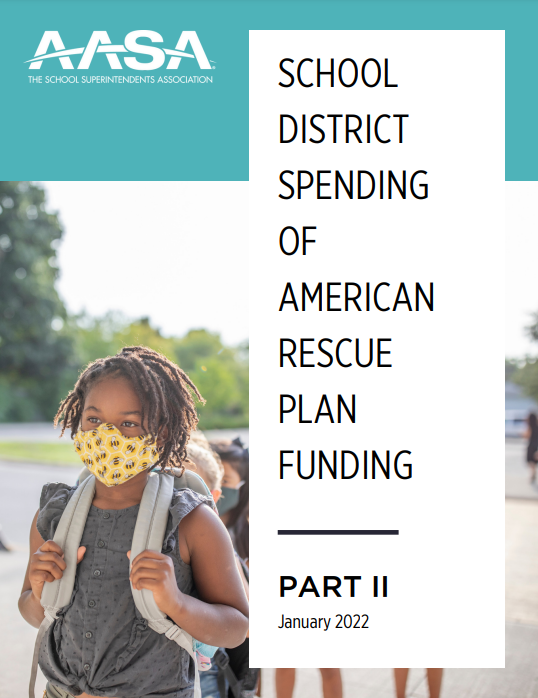
Conducted in January 2022, the second part of the survey focused on how district leaders across America are utilizing American Rescue Plan (ARP) funds to address student learning recovery.
The survey sought information about two key spending questions:
- How districts plan to use ARP funds to address unfinished learning during the summer of 2022 and in the 2022-23 school year, and
- What systemic improvements districts plan to make because of ARP funding over the next three years to improve education outcomes and close equity gaps.
Key Findings
Fund Usage
An overwhelming majority (82%) said they would use this money over the next three years to expand whole child supports, including social, emotional, mental, and physical health and development.
More than three-quarters (76%) of respondents indicated they would continue to invest funds in summer learning and enrichment programming for Summer 2022.
Two-thirds (66%) said they would be spending money to add staffing and specialists to support student needs.
More than half (55%) said they would spend a portion of their ARP funding on renovating and updating school facilities.
Long-Term Spending Objectives
The top category remained expanding whole child supports, including social, emotional, mental, and physical health and development, which is a category of spending that we anticipate districts will be prioritizing investing in well beyond the ARP expenditure timeline of 2024.
Second and third investment priorities for system changes included renovation and updates to school facilities, including HVAC systems, and reengaging high school students who have fallen off-track.
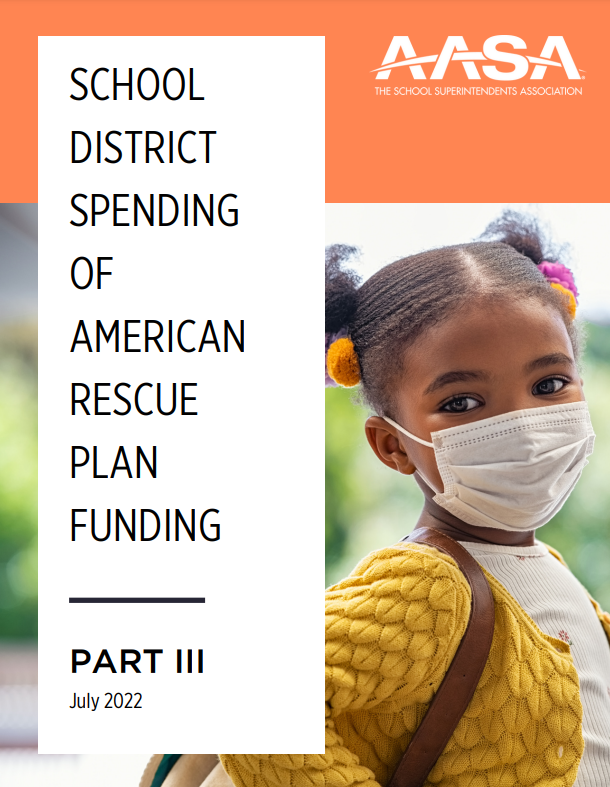
Conducted in July 2022, the second part of the survey focused on how district leaders across America are utilizing American Rescue Plan (ARP) funds to address student learning recovery.
In addition to repeating questions from previous surveys, this iteration also asked questions about the administrative and policy hurdles that may exist to spending ARP funding. The latest survey also asked superintendents to predict how programming and staffing will change when they reach the September 2024 obligation deadline of the funds.
Key Findings
Fund Usage
Investing in SEL fell from 54% in July 2021 to 45% in July 2022.
Districts continue to prioritize investments in expanding summer learning and enrichment offerings, adding specialist staff such as mental health personnel and reading specialists and investing in high quality instructional materials and curriculum. These spending priorities have not shifted since the first survey in July 2021.
The number of districts providing highintensity tutoring fell from 45% in July 2021 to 39% in July 2022.
The largest decline in expenditures was using ARP funds to purchase devices/tech, falling from 61% in July 2021 to 45% in July 2022.
Concerns About Spending Deadline
31% received reimbursement less than a month after submission.
46% said it took between 1-3 months for the SEA to process their reimbursement request.
15% indicated they wait 4-6 months.
9% said it would take longer than six months before the SEA would reimburse them.
Considerable anxiety remains regarding the time requirements associated with these projects. Despite forward progress by the Cardona Administration to ease concerns that districts will indeed receive the additional time they need to complete construction and HVAC related projects, nearly half (48%) of superintendents indicated the 2024 deadline presents an obstacle for them in spending ARP funding.
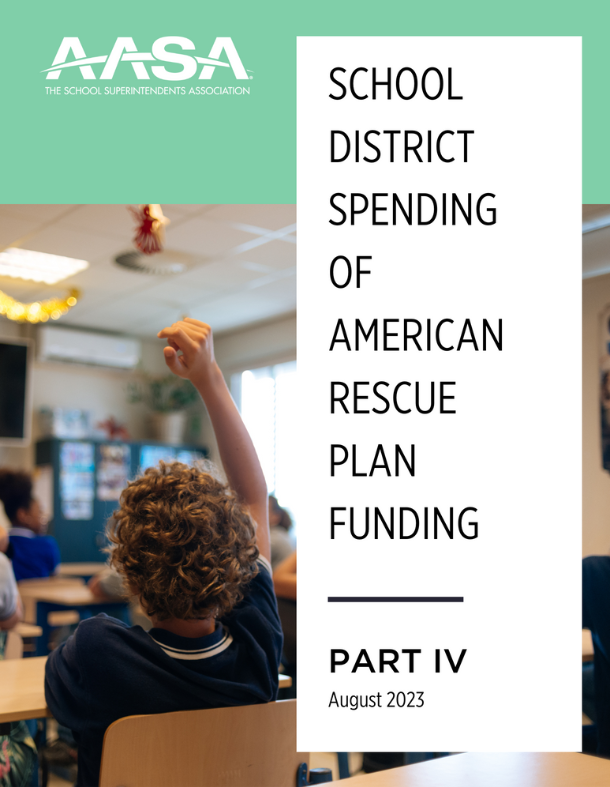
Conducted in June 2023, the fourth part of the survey focused on how district leaders across America are utilizing American Rescue Plan (ARP) funds to address student learning recovery.
In addition to repeating questions from previous surveys, this iteration also asked questions about what spending priorities and challenges they are anticipating as the fiscal timeline tightens woth 15 months left before the September 2024 obligation deadline.
Key Findings
Consistent District Priorities Since 2021
59% increasing instructional time and opportunities
59% investing in high quality curriculum materials
58% adding specialist staff
55% investing in teacher planning and professional development
Spending Shifts by Locale
Urban districts shifted spending based on need to direct more $ to SEL of students
Suburban districts cited feedback from educators as driving shifts
Rural districts said increased costs/inflation as main driver
This year we also asked how these proposed cuts would impact students and tried to ascertain if any groups of students would be specifically harmed by the reduction in programs, staff or instructional time. A third of superintendents responding believe that all students will be impacted equally in their communities by the discontinuation of ARP-funded instructional programs and supports while a little more than a quarter said that students who are struggling academically will be impacted the most. A fifth of respondents highlighted how economically disadvantaged students will be most impacted by the cuts in programming and staffing while 14% said students with mental health needs will experience these funding cuts most acutely.

In AASA’s final survey from July 2024 district leaders were asked to look back and comprehensively share how they prioritized investing these funds over the past three years.
In addition to repeating questions from previous surveys, this iteration also asked district leaders to answer the question most on policymakers and researchers’ minds: How did they actually spend this funding?
Over 600 superintendents from 46 states completed the survey, which ran from June 29 to July 30, 2024.
Key Findings
Expanded instructional time & enrichment
Expanded instructional time through summer learning, afterschool, and enrichment offerings was the top expenditure for districts using ARP funds. Nearly 80% of respondents indicated that ARP funding went towards these expenditures.
Mental health is among the top priorities
The second most common expenditure was staffing, programming, professional development, and curriculum that addressed the mental health and behavioral needs of students. 76% of all respondents indicated this was where they invested funding.
Time constraints
Fifteen percent of district respondents indicated they still need more time beyond the automatic liquidation deadline of January 2025 to spenddown their funds.
Impact on all populations
Similar to AASA’s findings in 2023, most respondents believe all students (not any one particular subgroup) will be impacted equally when ARP instructional programming and personnel are terminated.
Advertisement
Advertisement
Advertisement
Advertisement

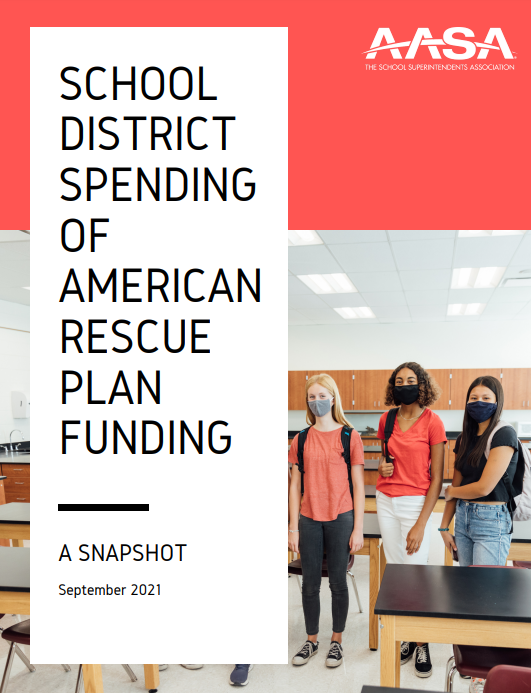
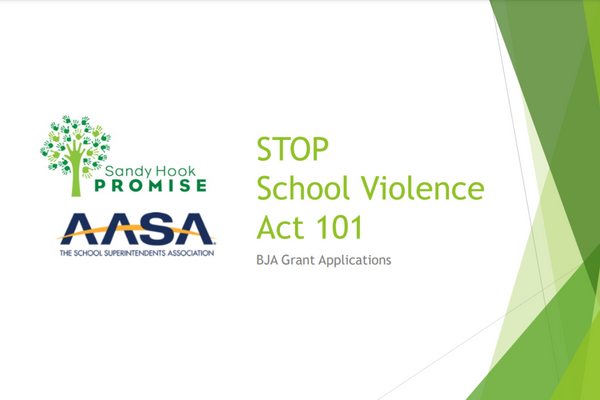

.png?sfvrsn=2c854cfb_9)